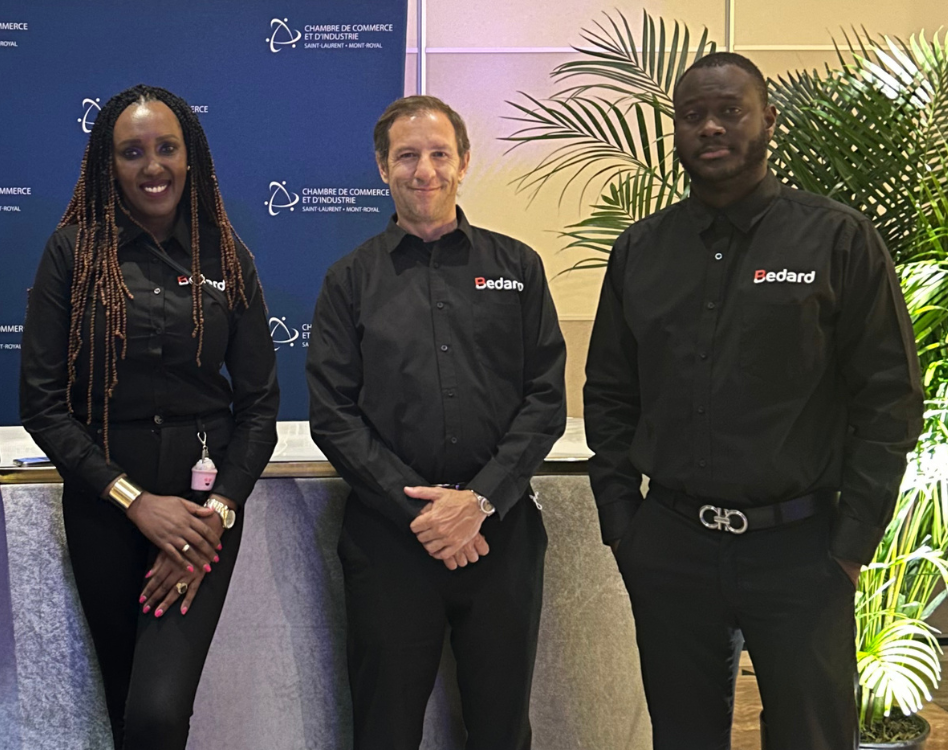Most Frequent Problems
In addition to those mentioned above, other common problems include differing values or visions, insufficient or ineffective communication that causes confusion, misunderstandings, and mistrust of colleagues.
Coupled with the task distribution, deadlines, and unforeseen circumstances that come with projects, these challenges increase pressure, which in turn affects collaboration and creates resistance that escalates conflicts, hindering the achievement of desired goals.
Possible Actions to Take
- Settling for compromises is a short-term solution that creates frustration and damages manager authority.
- Imposing authoritarian solutions onto a team makes way for more conflicts.
- Putting off or ignoring issues is one of the worst solutions. Contrary to the proverb which states that time heals all wounds, when it comes to conflicts, problems often become more complex and difficult to solve as time goes on.
- Collaboration brings the most satisfaction to both sides. It stimulates creativity and establishes fertile ground where listening and exchanging can grow and produce innovative solutions to problems.
Required Skills
To avoid reaching the point of no return, supervisors and managers must be able to recognize the very first signs of a problem. To do so, they must have a keen awareness of their team and its strengths, in addition to possessing certain skills, such as:
- The ability to communicate effectively, which includes listening attentively, clearly establishing objectives, answering questions, and repeating as needed.
- Openness to new ideas by encouraging team members to think critically, among others. This is achieved through the establishment of an inclusive, trusting, and judgment-free environment.
- The ability to learn from past mistakes and adjust methods in the interest of continuous learning. This includes encouraging all team members to develop skills through workshops or training sessions.
The Steps of Problem-Solving
Most problems can be solved by:
- Identifying the problem. This is a crucial step, as perspectives can differ.
- Listing possible solutions. Brainstorming is an excellent technique for this.
- Analyzing and assessing feasible measures. This includes eliminating far-fetched ideas.
- Determining the best solution by considering various factors, such as the implementation period, available resources, company values, etc.
Empowering Teams to Be Independent
To empower their teams to solve problems related to strategic plans, managers should:
- Be able to delegate by supporting their team members’ initiatives. This includes encouraging them to focus on specific and measurable goals to achieve.
- Implement a problem-solving process with specific steps to take and a brainstorming period to find solutions.
- Be familiar with and use proper tools to manage their time and priorities effectively. They should also ensure that their teams have access to these technologies and that they are trained to use them effectively.
Team-Building
Managers who want to empower their teams to solve problems should invite them to team-building activities, which will strengthen their bond, stimulate their creativity, and encourage individual decision-making. This type of activity also allows for a better understanding of their strengths and skills, which enables managers to distribute tasks among team members more effectively. All this while fostering integration and collaboration in a fun setting!
At Bedard Human Resources, we can help you empower your teams to solve problems. Contact Stéphane Pépin for more information on our HR consulting services.




